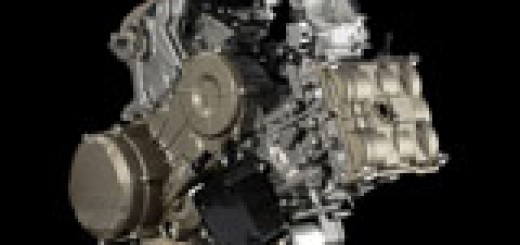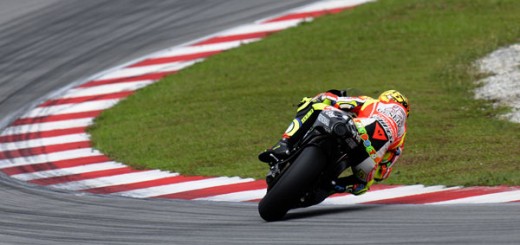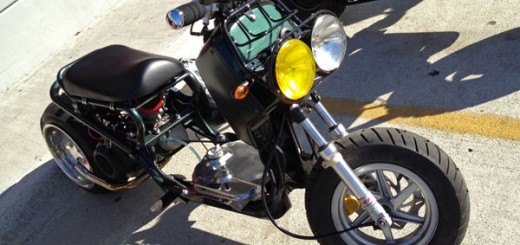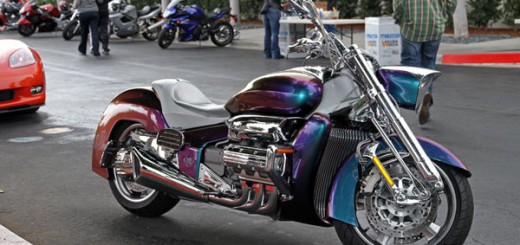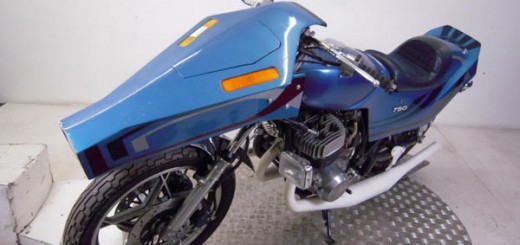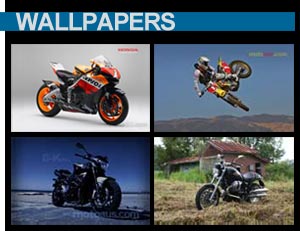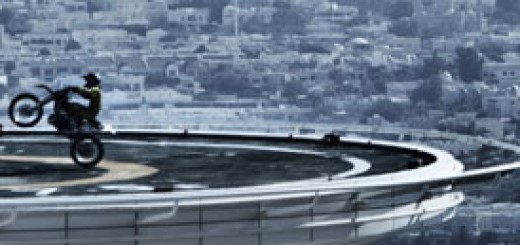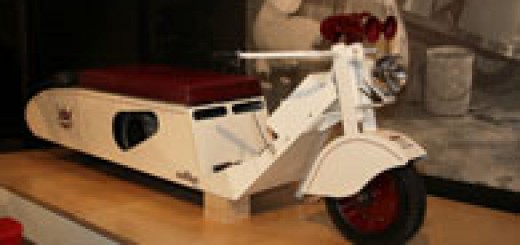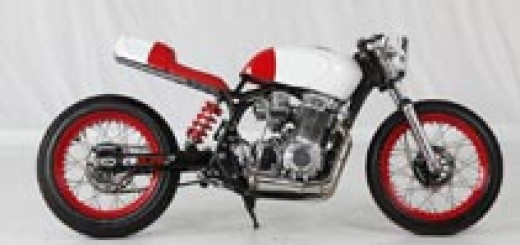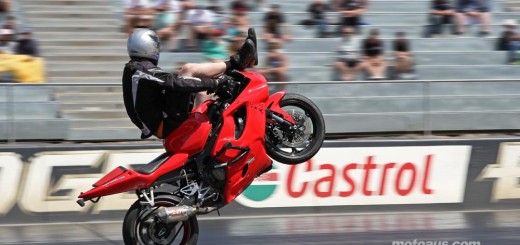BMW K1600GT and K1600GTL
 Full details and pictures on the stunning new 6 cylinder BMW’s – the K1600GT and the K1600GTL.
Full details and pictures on the stunning new 6 cylinder BMW’s – the K1600GT and the K1600GTL.

BMW K1600GT and K1600GTL
A look at the new BMW K1600GT and K1600GTL six cylinder tourers.
The K1600 series is remarkable due to the new engine BMW developed for the bike, in keeping with their long association – in cars – with the inline 6. And, being BMW, the rest of the spec sheet is just as impressive as the 1649cc six cylinder engine.
A quick list of some of the headline features, either standard or optional on the K1600 range: ABS, traction control, ride by wire throttle – BMW call it “E-Gas”-, electronic adjustment on the Duolever and Paralever suspension, adaptive headlight, TFT screen, and bluetooth integration with device including Ipods/Phones.

The K1600GT
So, lets have a closer look at some of the technology BMW are using, as this is a motorcycle defined by technology.
The Engine
The most defining part of the K1600 – the engine. Developed by BMW after the success of the Concept 6 show bike, the six cylinder engine is touted by BMW as the narrowest and lightest over 1000cc six ever produced. Weighing in at around 106kg, the motor achieves its narrow width with very close bore centres, and a small bore to stroke ratio of 72mm to a 67.5mm stroke.
BMW quote an overall motor width of 555mm, which they say is only slightly wider than the big 4s they make. Like the K1300 four, the cylinders are also canted forward at 55 degrees. A four valve, twin cam cylinder head is fed by a manifold not dissimilar to a car, with a single 52mm throttle body used, resulting in long intake runners for maximum torque.

175 newton metres of torque – 129 ft/lbs in old money – is the result. Compare this to Yamaha’s VMax at 166 Nm, or Suzuki’s BKing at 146 Nm, and you start to get an idea of what this bike will be like to ride. In fact, BMW say over 70 per cent of the maximum torque is available from 1500rpm. This torque multiplies to a healthy 160 horsepower at optimum revs of just under 9000.
Liquid cooled, and also dry sumped, oil is circulated from a holding reservoir intergrated into the rear of the engine cases. A three shaft transmission has bevel (angled) gear teeth for quieter operation. The traditional BMW method sees power through to the rear wheel via a shaft drive.
As you would expect from BMW, electronics play a big part. As well as the ride by wire throttle setup -the “E-Gas” – the ECU provides three modes, “Rain”, “Road”and “Dynamic”. We’re guessing “Dynamic” means “Fast”.
At a constant 90km/h (if you are boring enough to do that) the big K1600 will return 4.5litres per 100ks. That would give a fuel range of over 500 kilometres from the 24 litre tank on the GT, or a bit more from the 26.5 on the GTL. Presumably using more of those 160 horses will drop that figure somewhat.

The Chassis
Both K1600’s feature an alloy frame, with BMW’s Duolever front suspension, and the Paralever rear. If you don’t know what those are, the Paralever, otherwise known as a Hossack style front end, replaces conventional forks with a setup not unlike a swingarm, to put it simply.
The Paralever rear employs a system that ensures the rear wheel rises and falls on the same plane, utilising a setup similar to a four link car suspension. Both very crude descriptions, but this article is not the place to do an in-depth on BMW’s suspension tech.
The K1600 adds to this unique suspension with Electronic control, enabling the rider to alter suspension settings depending on load or conditions. Simply dial in the load, ie rider, or rider with luggage into the control screen, and then the type of riding style whether sport, or comfort, and the adjustment is done for you. The system controls not only damping, but spring preload as well.
An ABS controls a pair of 320mm discs with radial 4 piston calipers, the rear is also a huge 320mm diameter, with a 2 piston caliper. As mentioned previously the hits keep on coming with Dynamic traction control as an option, which among other things can also detect lean angle when adjusting drive for you.

Controls and Features
One of the standout features would have to be the adaptive headlight option. This means the headlight automatically adjusts for ride height angle changes, so if you take the big girl next door for a spin, you won’t be blinding oncoming drivers. Not only that, as you lean the bike, the headlight will adjust, aiming into the corner. Remarkable stuff!
The instrument panel of the K 1600 models comprises two circular instruments for speedo and tacho and a 5.7-inch TFT colour display. There is an integrated audio setup which interfaces with MP3 players, iPods and USB stick as well as conventional audio devices via an AUX input.

The left hand handlebar control has a up/down, left/right control switch to scroll through the on-screen controls. There is a 12 station memory radio, Bluetooth, and an electrically controlled windscreen. Other optional features include extending the standard immobiliser with “central locking”. No we aren’t kidding, this feature will lock all the luggage compartments in the same manner your car locks its doors. Then there is the tyre pressure monitor that includes a rapid pressure loss warning, and a navigation system.
The K1600GT and 1600GTL are truly ground breaking new motorcycles, and we can’t wait to have a ride on them at some stage in the future. At this point we cannot give a firm date of release in Australia, or a price, but it is unlikely to be described as “cheap”.
The K1600GT will be available in Vermilion Red metallic and Light Grey metallic, and the K1600 GTL in Mineral Silver metallic or Royal Blue metallic.
Updates as they come to hand.

The K1600GTL


K1600GT


The K1600GTL

